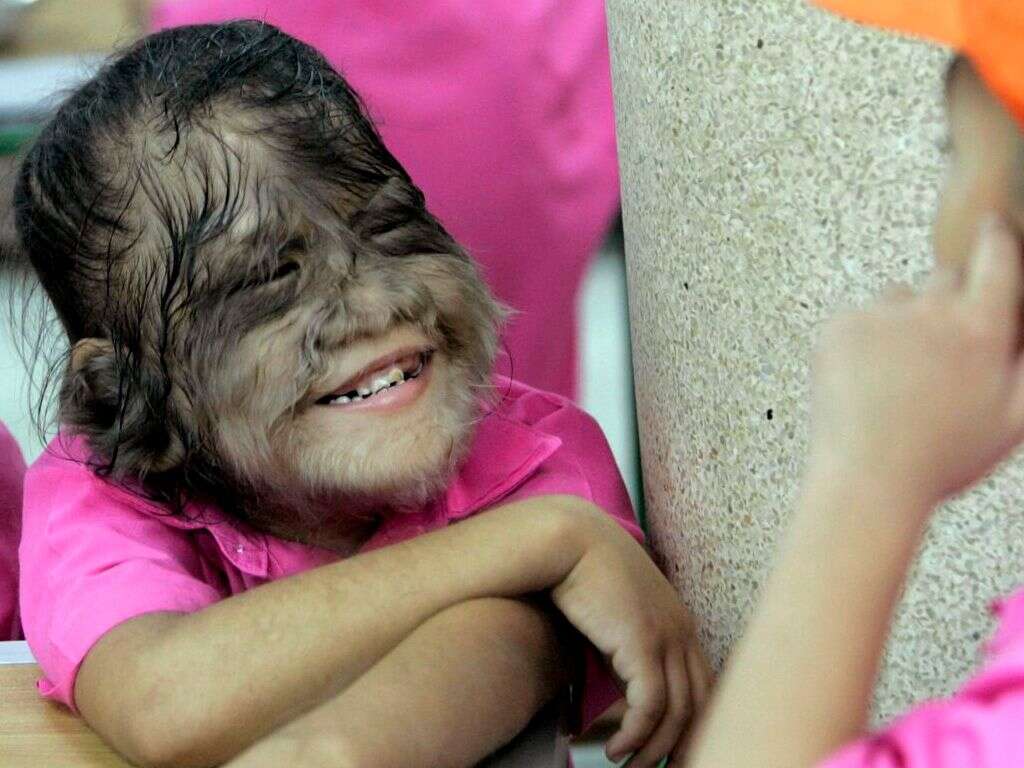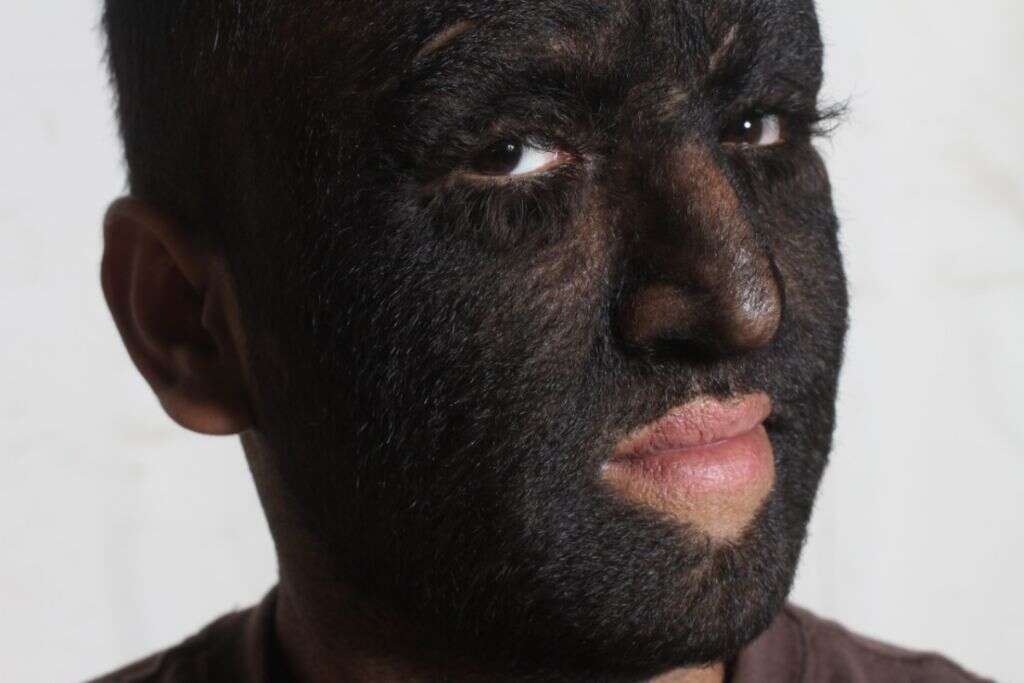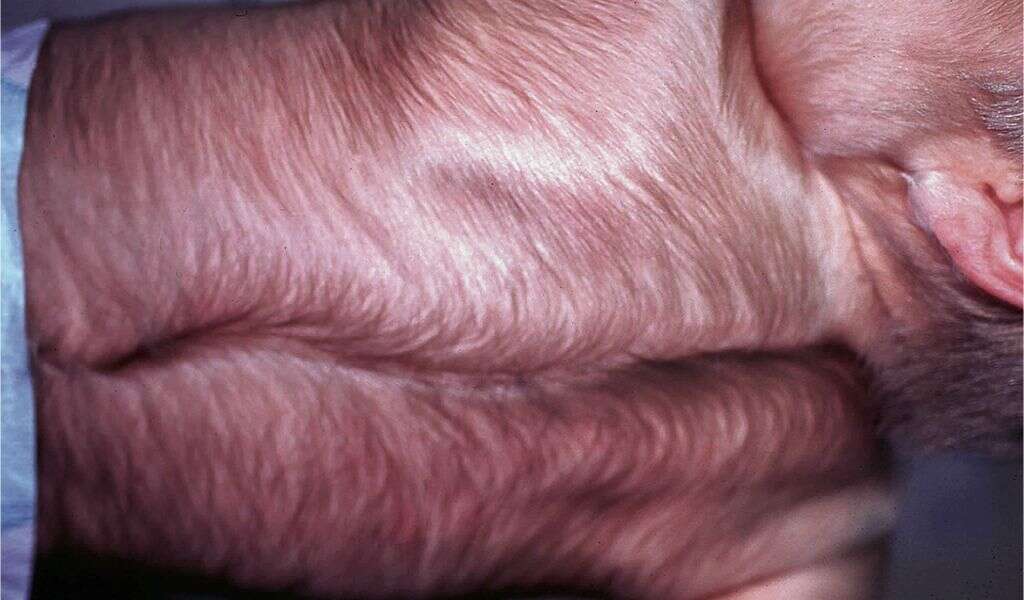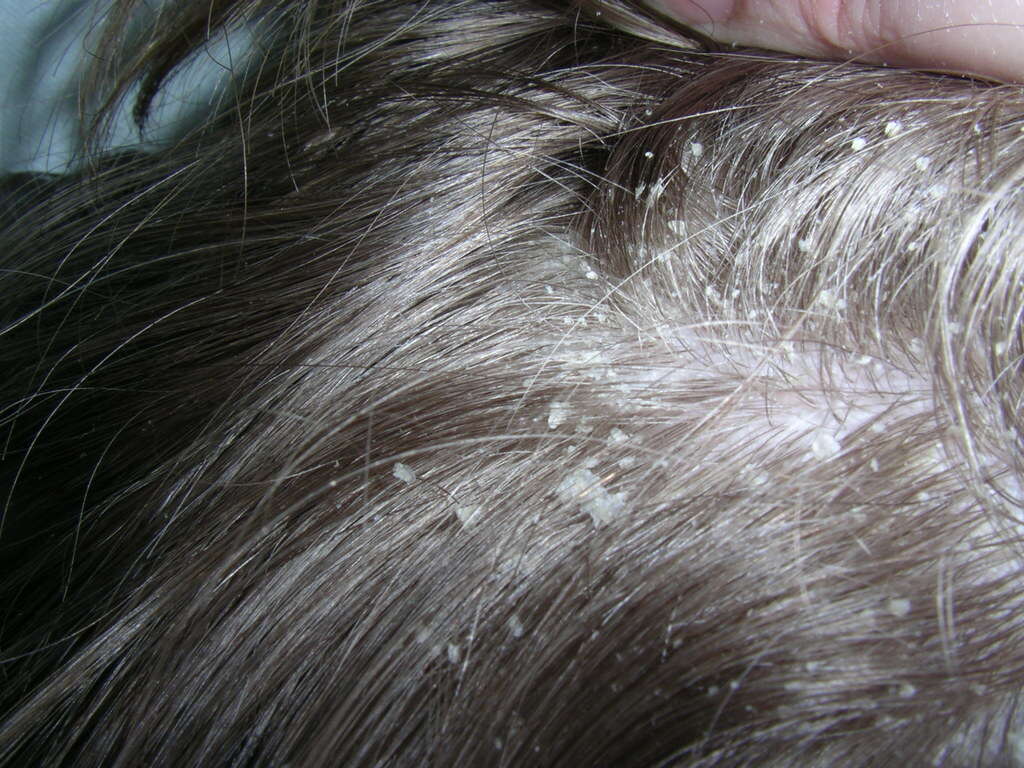What Is Hypertrichosis?
For the most part, we have lost most of our hair and are relatively bald in comparison to our closest relatives. We do still have some hair, however, which is mainly on our head and it helps to keep us warm.
We also still have the ability to make our hairs stand on end, which would have made our hair even better at keeping us warm. Some people are hairier than others, and some people have a condition known as hypertrichosis. This is a condition that causes abnormal hair growth to the point where it can have a significant impact on the patients appearance.

1. Hypertrichosis
Hypertrichosis is also known as werewolf syndrome, for reasons that become obvious when you see a patient with the condition. It is so named because patients with the condition are considerably more hairy than usual. This can occur in patches of the body, or it might occur all over the body. Not much is known about what causes the condition, but there are some likely triggers.
These can be congenital, meaning it has been passed down from parents, while it can also be acquired, meaning the condition has been triggered after being born. Potential causes include light sensitivity, cancer, malnutrition, using certain drugs, and using a plaster cast.

2. Congenital Hypertrichosis Terminalis
There are a number of different types of hypertrichosis, one of which is congenital hypertrichosis terminalis. In this variety of the condition, the patient will find that their hair begins growing at an abnormal rate from the day they are born. Unfortunately for them, it will continue to grow for the rest of their life.
The hair associated with this condition in particular is long and thick. It will typically cover the patients whole face and body. This can be difficult for the patient as they will be visibly hairy, and it can be difficult for young children in particular.

3. Congenital Hypertrichosis Lanuginosa
When developing in the womb, babies will be covered by a type of fine hair known as lanugo. This hair will usually fall off before they are born, but not always. Some are born covered with this fine hair, but it will usually fall out within a couple of weeks or so.
This is not always the case, however, and congenital hypertrichosis lanuginosa is a condition in which this fine hair continues to remain. The hair remains soft and fine and it will grow on various different parts of the body. This type of hypertrichosis is less noticeable, meaning the patient is less likely to be self-conscious of the condition.

4. Faulty Genes
It is thought that congenital hypertrichosis is caused by the gene that is responsible for hair growth being activated. Ancestors that we evolved from would have been considerably hairier than we are now and the gene responsible still remains in us, although it has become dormant as we gradually evolved into Homo sapiens.
The mechanism behind it is not known, but it is thought that these otherwise dormant genes are “switched on” again while the baby is still developing in the womb. Thankfully, this causes few other symptoms other than excessive hair growth, and the patient can lead an otherwise normal life.

5. Acquired Hypertrichosis
As the name suggests, acquired hypertrichosis develops later in the patients life, often in adulthood, and we are not quite sure why and how it happens in a lot of cases. Patients with this variety of hypertrichosis will often develop two types of excessive hair growth.
Some will develop vellus hair, which is usually very short. This hair may be found anywhere on the body except for on the palms, backs of ears, lips, and soles of feet. It can grow in patches on the patients body, or it can cover their whole body. It is also usually very dark in color.

6. Nevoid Hypertrichosis
In cases of nevoid hypertrichosis, the patient can experience excessive hair growth in patches on the body. It will sometimes be only one patch but there can be multiple patches in some instances. It can also involve the growth of different types of hair.
The excessiveness of the hair growth can vary and it might be barely noticeable in some people. The hair will also often grow in areas that are usually covered by clothing, meaning patients are less likely to be concerned about their appearance. It can, however, grow on the face and other exposed areas in some cases.

7. Hirsutism
Women are naturally less hairy than men, with hair growth usually limited to the head, armpits, legs, and pubic region. Hair growth that does occur is also usually very limited and many women have no need to shave their legs.
Some women, however, can be very hairy indeed. Hirsutism is the name of the condition given to hypertrichosis in women. They can have thick, black hair growing in places that you would not usually expect to find in a woman. This includes the chest, the back, and the face. This can be very difficult for women to cope with because their appearance will stand out.

8. Prevalence
Thankfully, hypertrichosis is quite a rare condition and congenital hypertrichosis lanuginosa, in particular, is extremely difficult to find. Indeed, only 50 instances of the condition have ever been recorded throughout history worldwide.
Hirsutism, however, is more common and an estimated 7% of women have the condition. However, the more severe cases are even rarer still and most people with the condition will only have fairly mild hair growth. For some people, however, the extent of hair growth can be significant enough to have an impact on their lives. However, some people, including women with excessive hair growth all over the body, have gone on to have families of their own.

9. Cure
Unfortunately, there is no known cure for hypertrichosis. We simply know too little about it to be able to correct the condition, but perhaps research will lead us to a cure at some point in the future. It is possible, however, to reduce the chances of the condition developing, although there is no sure-fire way to prevent it.
Avoiding medication like minoxidil can help to reduce the chances of hypertrichosis developing, but this can be difficult in people that need the drug. It is also all but impossible to tell who might develop the condition, and avoiding drugs to prevent hypertrichosis is likely to be necessary for a very small percentage of people.

10. Treatment
While hypertrichosis cannot be cured, it can at least be treated so that the symptoms have less of an impact on the patients life. One of the most obvious ways is shaving, but this can result in the hairs growing back thicker.
Other methods include waxing, plucking, chemical epilation, and bleaching to make the hair lighter and less visible. Some of these methods might lead to irritation of the patients skin. For a more permanent treatment, laser surgery and/or electrolysis is an option. The hair will probably not return after treatment, but it might take several sessions for the treatment to be completed.












